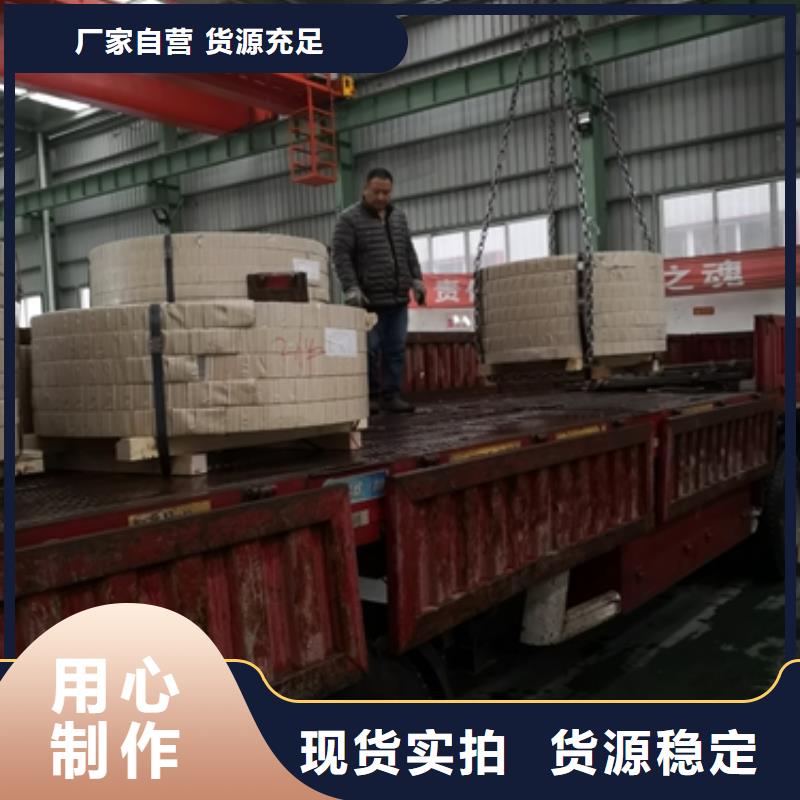我们的B35A550产品介绍视频将带您走进产品的生产线,让您亲眼见证产品的每一个制作环节和工艺细节。
以下是:B35A550产品介绍的图文介绍


电工钢硅钢片:磁性能7.1.1 在 6.3 条件下提供的冷轧取向电工钢的特性应符合表 3、广西北海表 4、广西北海表 5、广西北海表 6、广西北海表 7、广西北海表 8 和表 9的规定,时效试样也应满足这些特性。对带有涂层的产品,绝缘涂层的质量应被计算在内。7.1.2 表 3、广西北海表 4 和表 6 中的普通型、广西北海高磁极化强度型、广西北海耐热刻痕磁畴细化型产品的磁性能应该按 GB/T3655 测试,在测试前,试样应在制造方提供的条件下进行应力退火(通常应力退火温度的范围为 800℃±20℃,退火时间为 2h,退火后随炉冷却);但表 5 中的非耐热磁畴细化法(如激光刻痕)生产的产品磁性能应按照 GB/T 13789 测试,试样在测试前不需要进行应力退火。经供需双方协商,表 3、广西北海表 4 和表 6 中产品的磁性能也可按照 GB/T 13789 测试。7.1.3 表 7、广西北海表 8 和表 9 中各系列产品的磁性能检测方法,按产品类型对照本文件第 7.1.2 条款的规定执行。7.1.4 在磁场强度 H = 800 A/m 条件下测试所得的磁极化强度 J800应符合表 3、广西北海表 4、广西北海表 5、广西北海表 6、广西北海表 7、广西北海表 8 和表 9 的规定,其中,同一产品按 GB/T 13789 方法所测得的磁极化强度值 J800比 GB/T 3655 方法所测得的磁极化强度值偏低。7.1.5 同一产品在磁极化强度 1.7T、广西北海同城频率 50Hz 或 60Hz 条件下,按 GB/T 13789 方法所测得的 50Hz 和60Hz 条件下比总损耗值,参照 IEC 6040-8-7 Edition 5.0 2020-09 中规定的转换系数 Fc=0.925 进行转换,转换后的 P1.7/50和 P1.7/60应符合表 3、广西北海同城表 4、广西北海同城表 5、广西北海同城表 6、广西北海同城表 7、广西北海同城表 8 和表 9 的规定
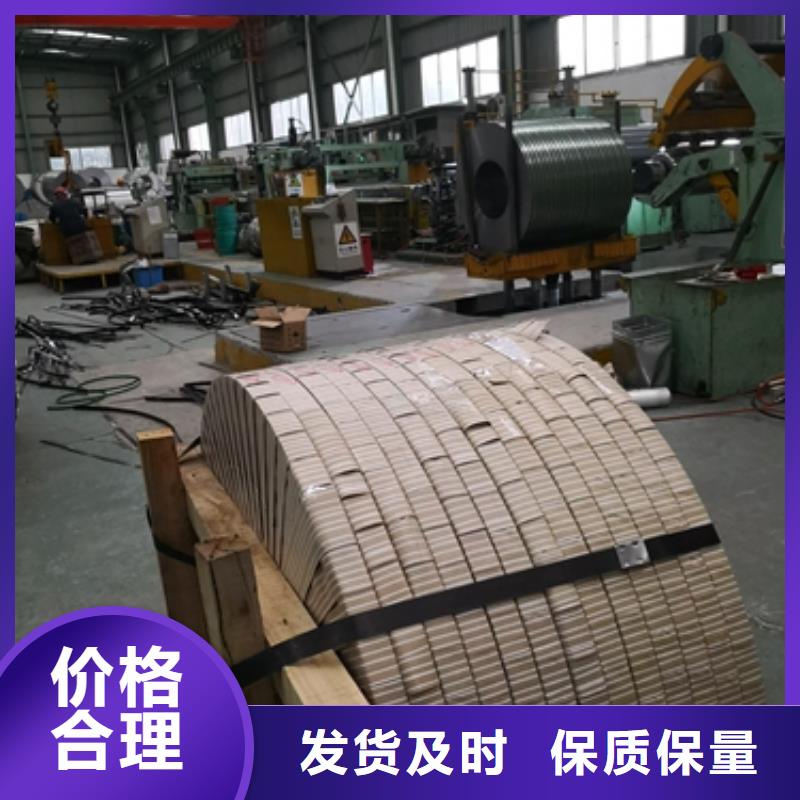


鹿程国际贸易有限公司自成立以来,一直专注于【广西北海新能源电工钢】,精品、创新是我们不断追求的目标。
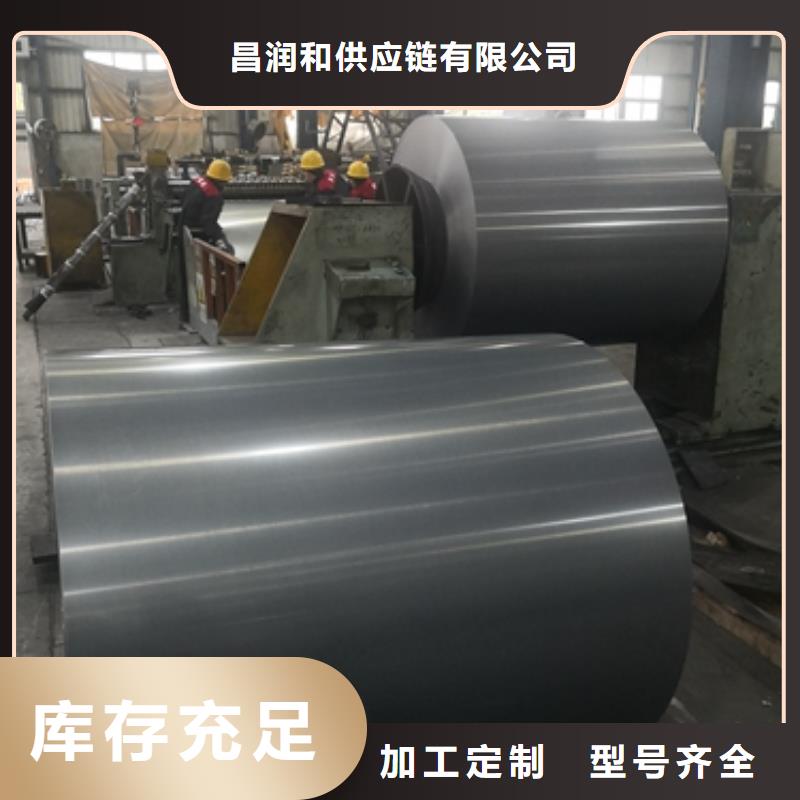
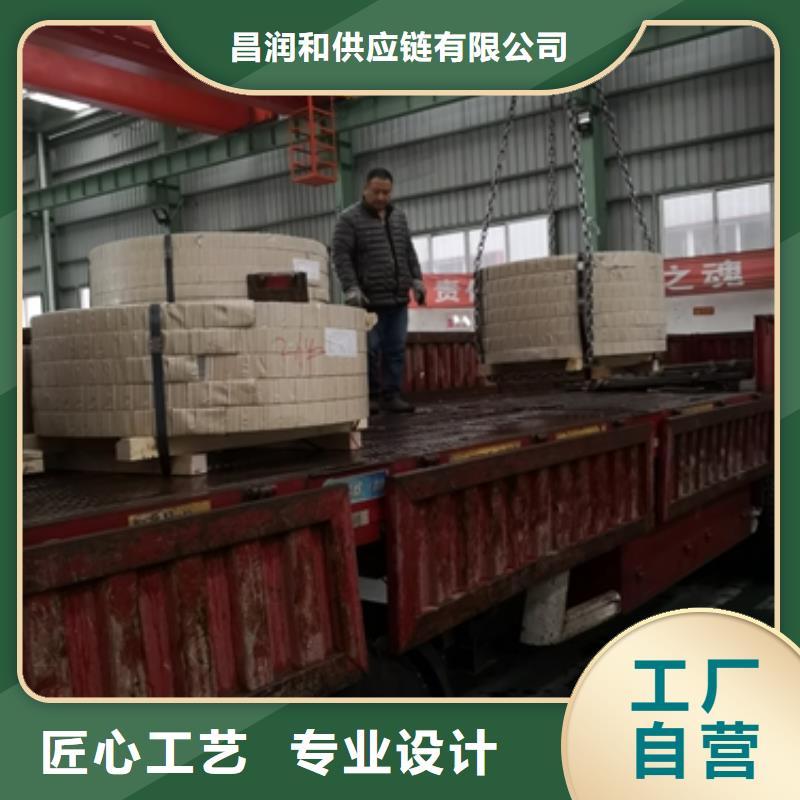
电工钢硅钢片硅钢是一种硅铁合金。用硅钢轧制的片材是电工领域中应用广的软磁材料,因而硅钢片又称电工钢片。硅钢片广泛用于电动机、发电机、变压器、扼流圈、电磁机构、继电器及测量仪表中电机工业大量使用厚度为0.35~0.50mm的硅钢片,用于:中型旋转机,压缩电机,通用马达,小型精密电机,电动汽车,压缩机,通用电机,电源变压器,精密变压器,节能电机,焊机变压器,稳压器,磁性密封器,加速器用电磁铁,汽车电机等;在电信高频技术中常用0.05~0.20mm的薄带钢片,以便更有效地降低涡流损耗。热轧硅钢片厚度为0.35~0.50mm,密度为7.55~7.70g/cm3,多用于大、中、小型交、直流电动机;冷轧无取向硅钢片厚度为0.35~0.50mm,密度为7.65~7.75g/cm3,多用于大型交流发电机、电动机,大、中、小型交、直流电动机;冷轧取向硅钢片厚度为0.23mm 0.27mm 0.3mm 0.35mm,密度为7.65g/cm3,多用于电力变压器、油浸式变压器,干式变压器,电抗器、磁放大器等;冷轧取向薄带厚度为0.05~0.20mm,多用于无线电高频变压器。


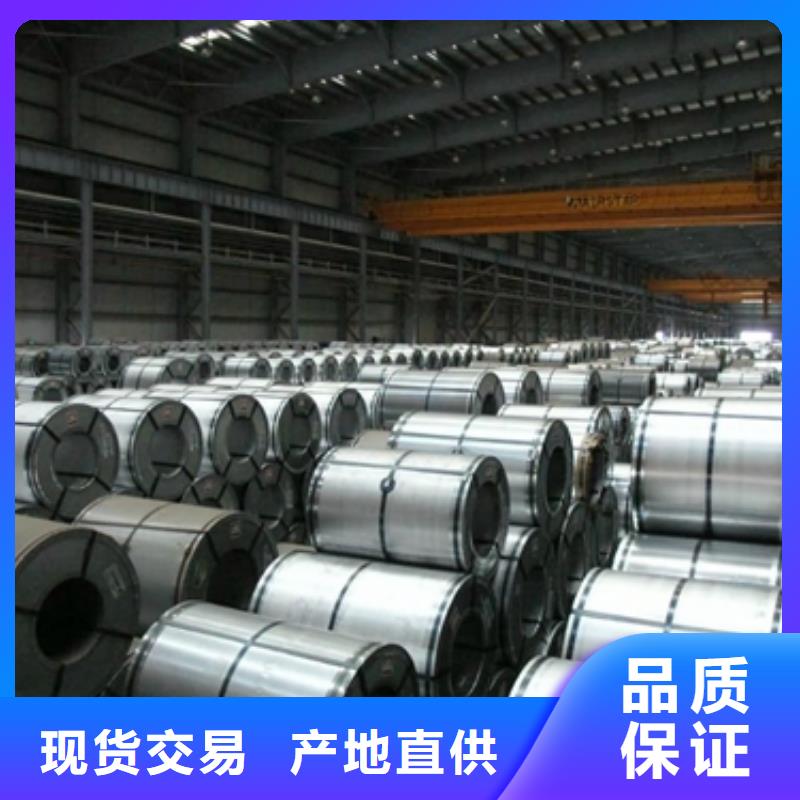
电工钢硅钢片Electrical steel, also known as silicon steel sheet, is an indispensable metal material in the power, electronics, and military industries, and is also the largest functional material in production. It is mainly used as the iron core for various motors, generators, and transformers. Since it is a functional material, its performance testing also revolves around "function". These indicators are often mentioned in trade and processing processes, and a brief understanding can help everyone better carry out their work. The performance testing of electrical steel mainly includes the following aspects: magnetic inspection, stacking coefficient inspection, coating adhesion inspection, repeated bending inspection, size and shape surface inspection, and conventional mechanical property inspection. In addition to the types of products listed above, there are also some special purpose electrical steel plates, such as 0.15 and 0.20mm thick 3% Si cold-rolled non oriented silicon steel strips and 0.025, 0.05, and 0.1mm thick 3% Si cold-rolled oriented silicon steel strips, which are used as intermediate and intermediate grade High frequency motors and transformers, as well as pulse transformers, etc; 0.7mm thick 3% Si high-strength cold-rolled non oriented silicon steel plate for relays and power switches; High strength cold-rolled electrical steel plate for new high-speed motor rotors; Low carbon electrical steel hot-rolled thick and cold-rolled plates for magnetic shielding and high-energy accelerator electromagnets such as medical magnetic resonance tomography scanners; 4.5% to 6.5% Si high silicon steel plates for high-frequency motors, transformers, and magnetic shielding.
Generally, motors, transformers, and other electrical components are required to have high efficiency, low power consumption, small size, and light weight. Electrical steel plates are usually guaranteed to have magnetic properties based on core loss and magnetic induction strength. Magnetic induction strength is the number of magnetic lines passing through a unit cross-sectional area of the iron core, also known as magnetic flux density. It represents the material‘s magnetization ability, measured in T. The magnetic induction strength of electrical steel plates is high, and the excitation current (also known as no-load current) of the iron core is reduced. Copper and iron losses are also reduced, which can save electrical energy. When the power of the motor and transformer remains constant, the magnetic induction intensity is high, and the design Bm can be increased. The cross-sectional area of the iron core can be reduced, which reduces the volume and weight of the iron core, and saves the amount of electrical steel plates, wires, insulation materials, and structural materials used. This can reduce the total loss and manufacturing cost of the motor and transformer, and is beneficial for the manufacturing, installation, and transportation of large transformers and motors. The main requirements for the performance of silicon steel are:
1. Low iron loss is the most important indicator of the quality of silicon steel sheets. Various countries classify grades based on iron loss values, with the lower the iron loss, the higher the grade.
2. Under strong magnetic fields, the magnetic induction intensity (magnetic induction) is high, which reduces the volume and weight of the iron core of the motor and transformer, saving silicon steel sheets, copper wires, and insulation materials.
3. The surface is smooth, flat, and the thickness is uniform, which can improve the filling coefficient of the iron core.
4. Good lamination performance is more important for manufacturing micro and small electric motors.
5. The adhesion and weldability of the surface insulation film are good, which can prevent corrosion and improve the punching performan
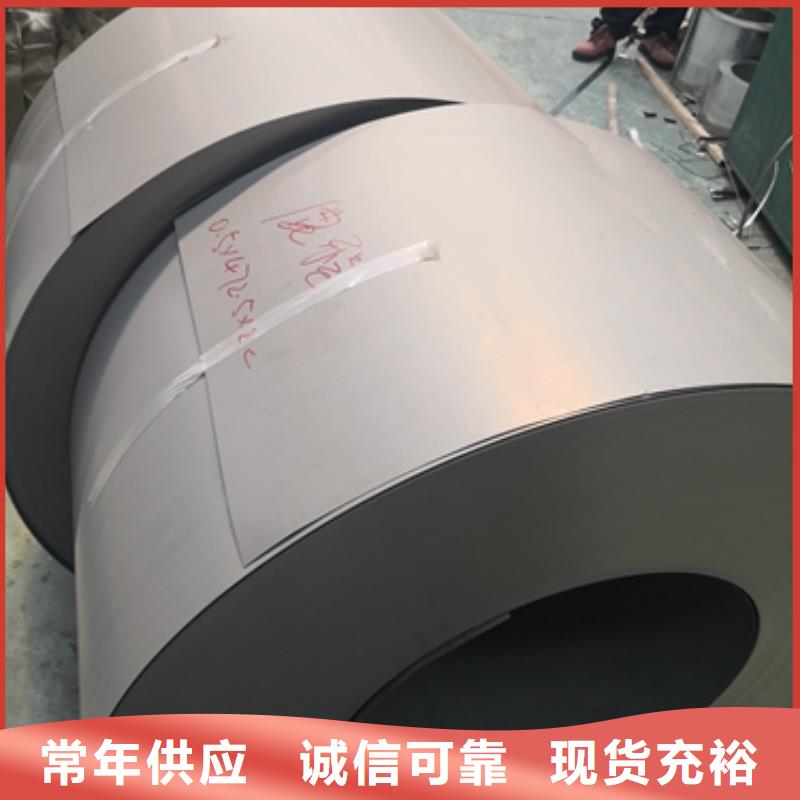
 cdlgp.com
cdlgp.com
